CLOSE
Round protective cover
The circular machine tool shield is a protective device designed to protect the circular parts of machine tools (such as spindles, lead screws, etc.). It is usually made of high-strength materials with good wear resistance and corrosion resistance. The circular shield can effectively prevent chips, dust, oil, etc. from entering the key parts of the machine tool to ensure the normal operation of the equipment. Its structure is flexible and can be extended and retracted with the movement of the machine tool. It is suitable for high-speed rotating and reciprocating parts of the machine tool, and is widely used in CNC machine tools, grinders, lathes and other equipment.

Related products

Model Inquiry

Phone
+86 15369455556

info@cn-hckj.com

+86 15803375432
| 【Product Name】 | Round protective cover |
| 【Product size】 | Support customization |
| 【Product material】 | Different materials can be customized according to different environments |
| 【Product color】 | Customizable |
| 【Features】 | Sealing, stretching |
| 【Product Usage】 | Used in CNC machine tools, electronic equipment, transportation machinery, etc. |
- Product attributes
| brand | other | model | YX-FHZ | Part Number | T315 |
| style | Bellows type shield | Length after stretching | 2300(mm) | Compressed length | 200(mm) |
| Stroke length | 2500(mm) | Overall width of guard | 80(mm) | Internal width of hood | 10(mm) |
| Internal width of hood | 15(mm) | Rail height | 12(mm) | Rail width | 8(mm) |
| Protection area | guide | Applicable machine tools | Various | Is it in stock? | yes |
Product Packaging

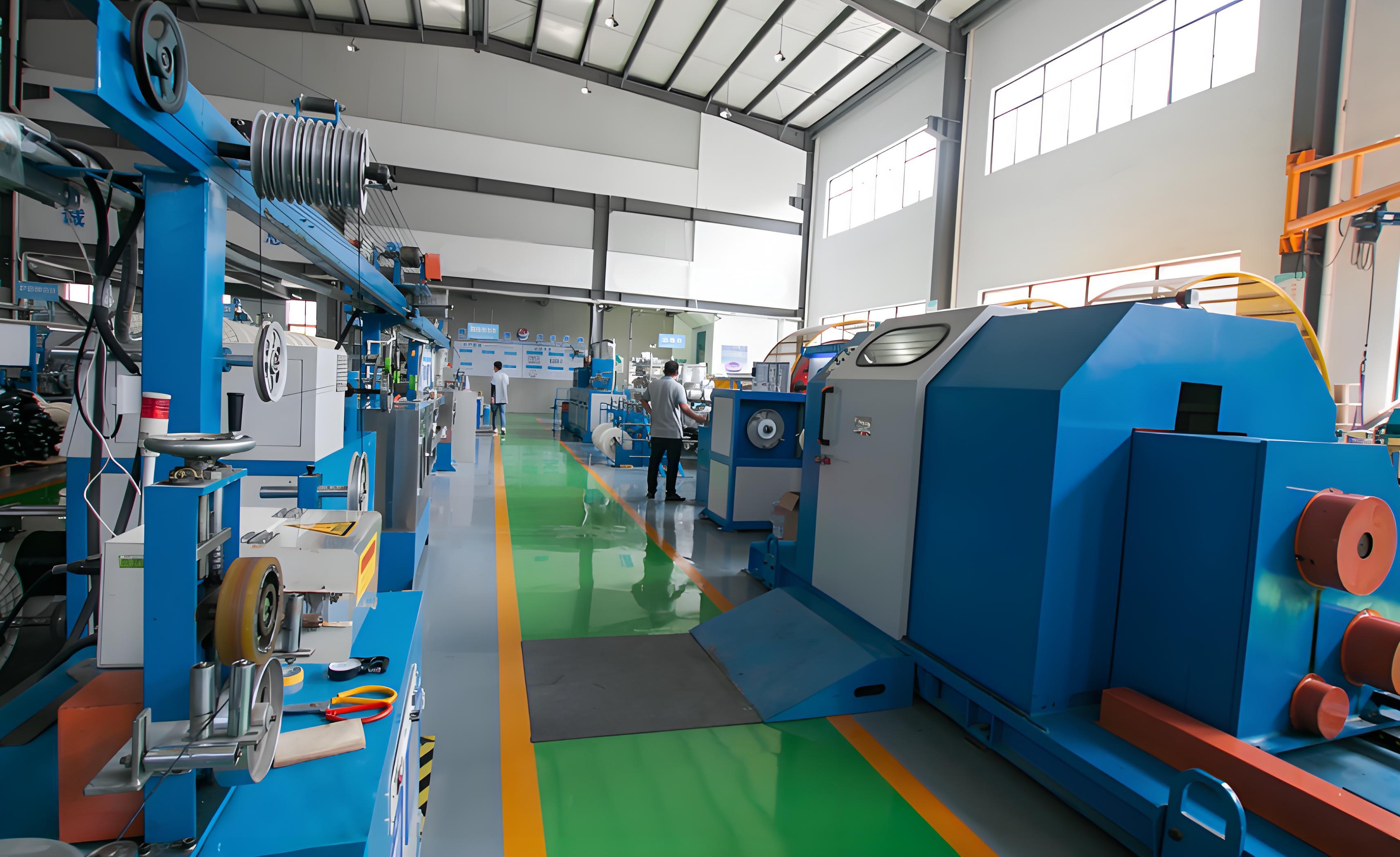
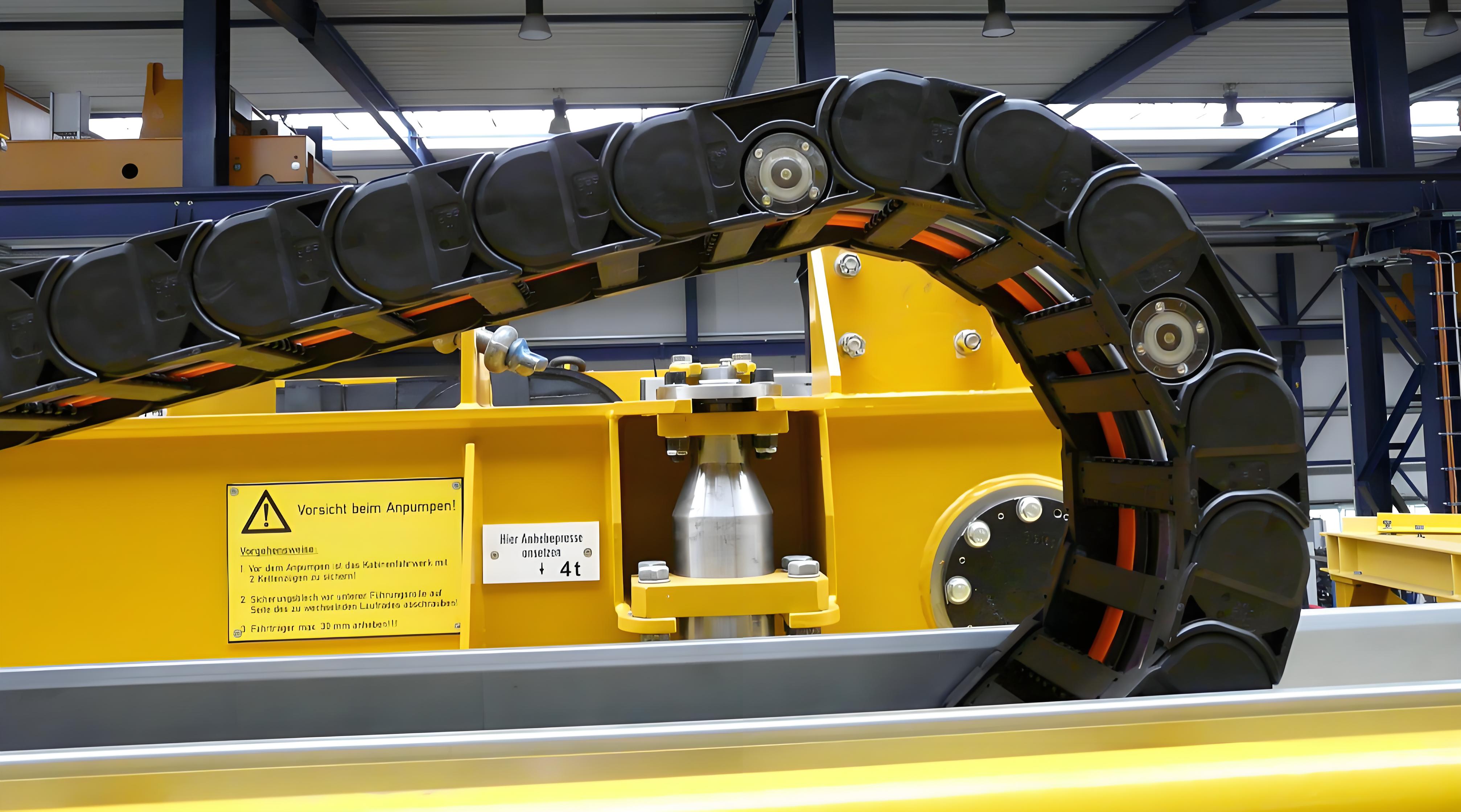
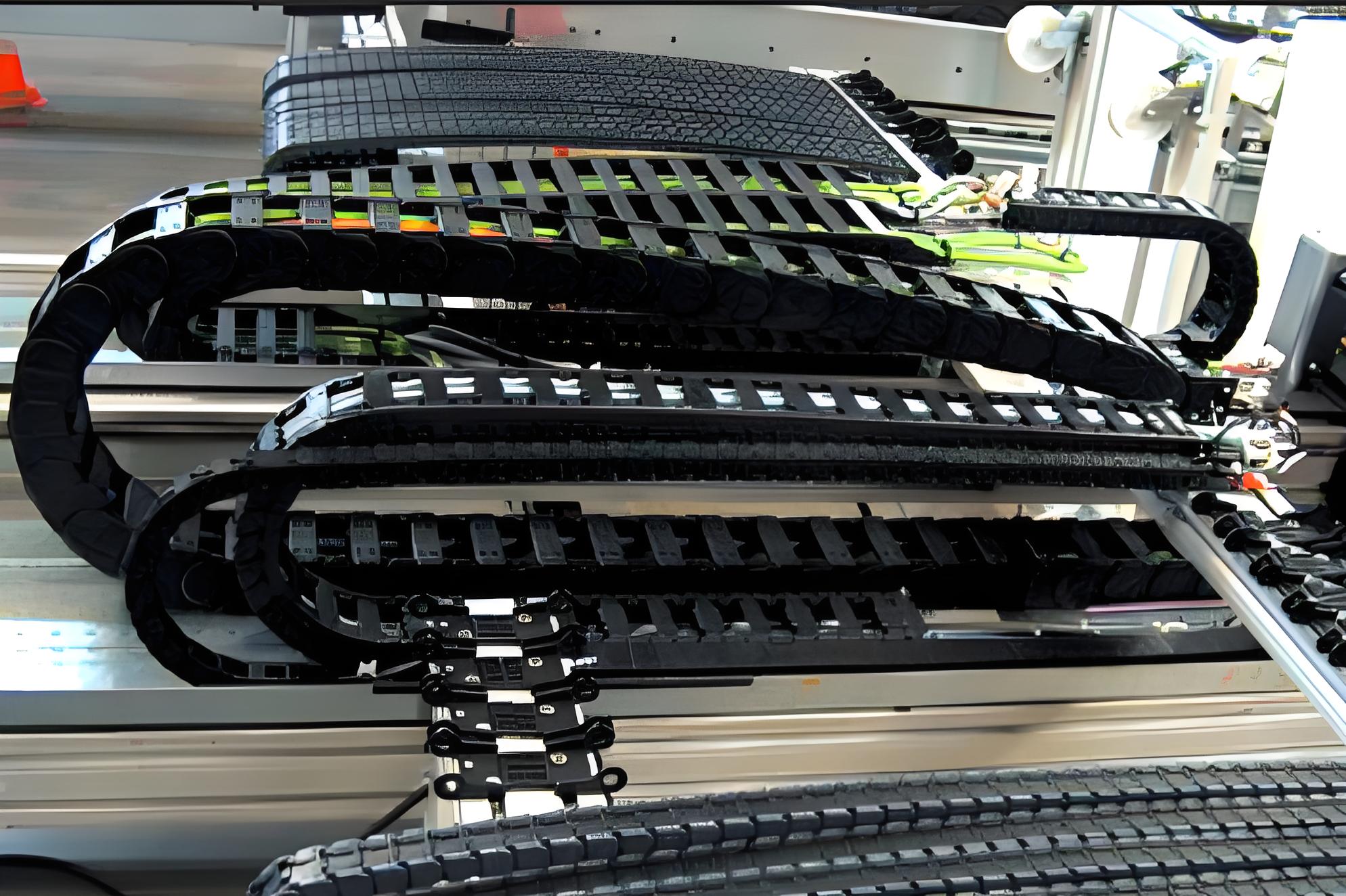
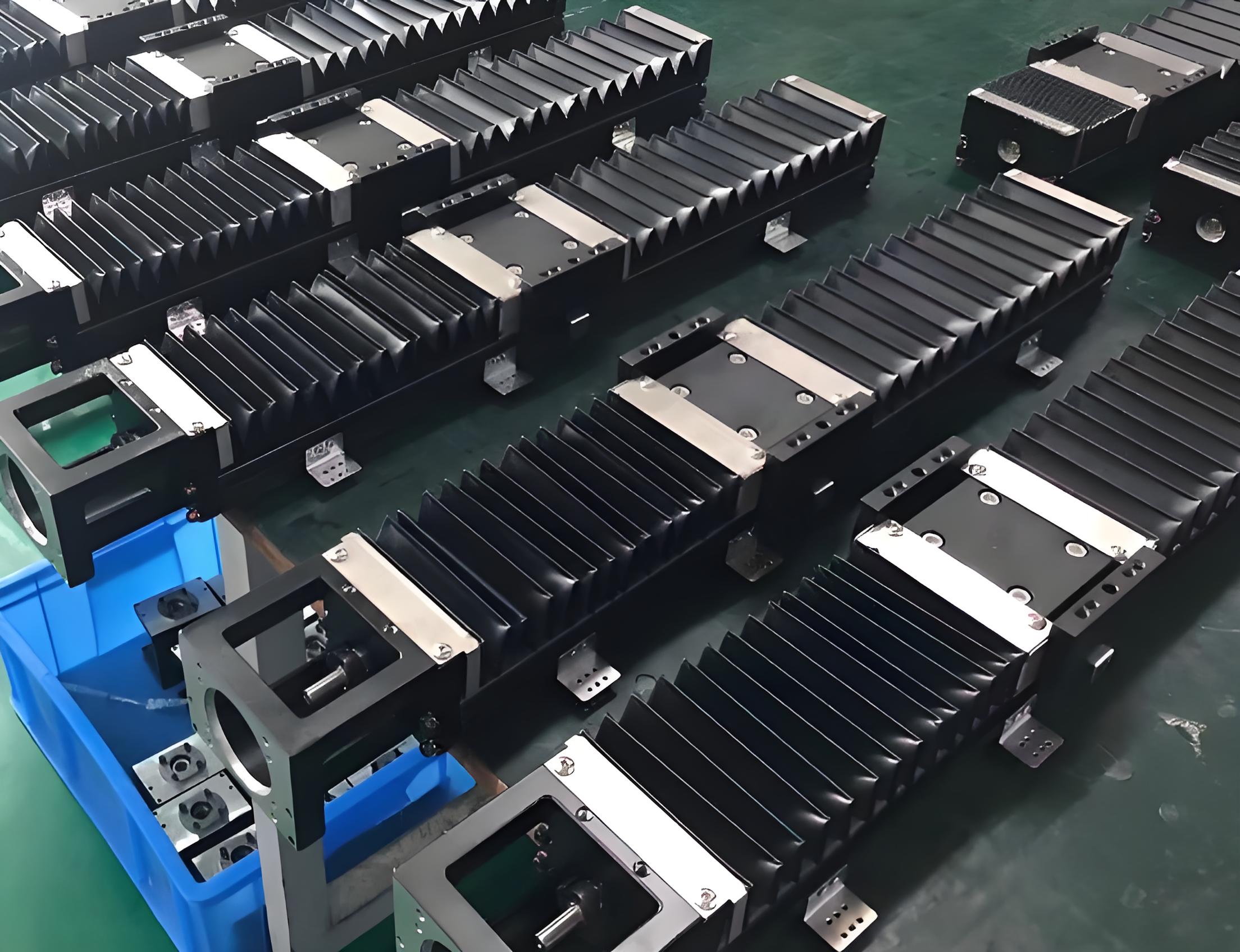
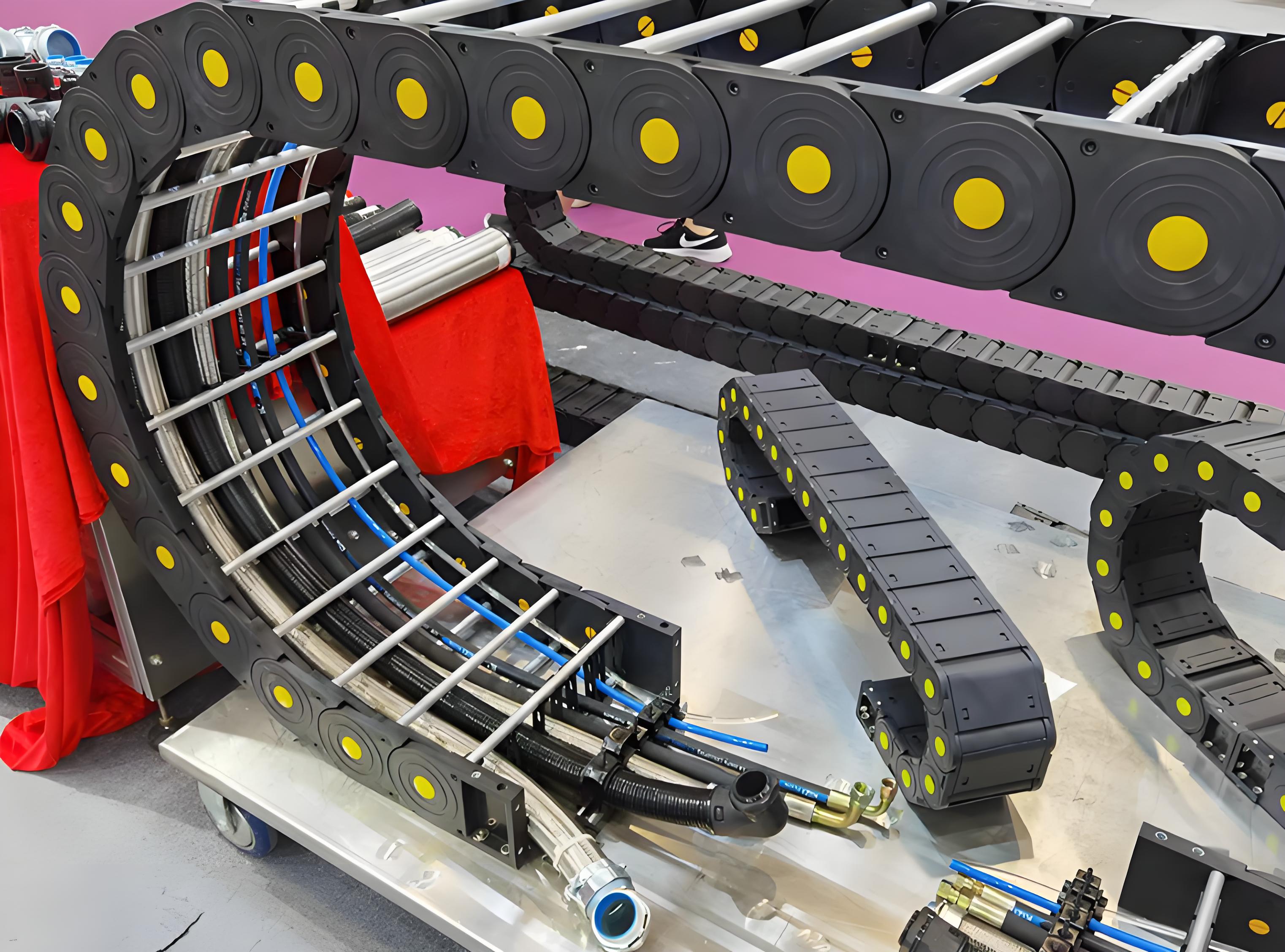
Craftsmanship
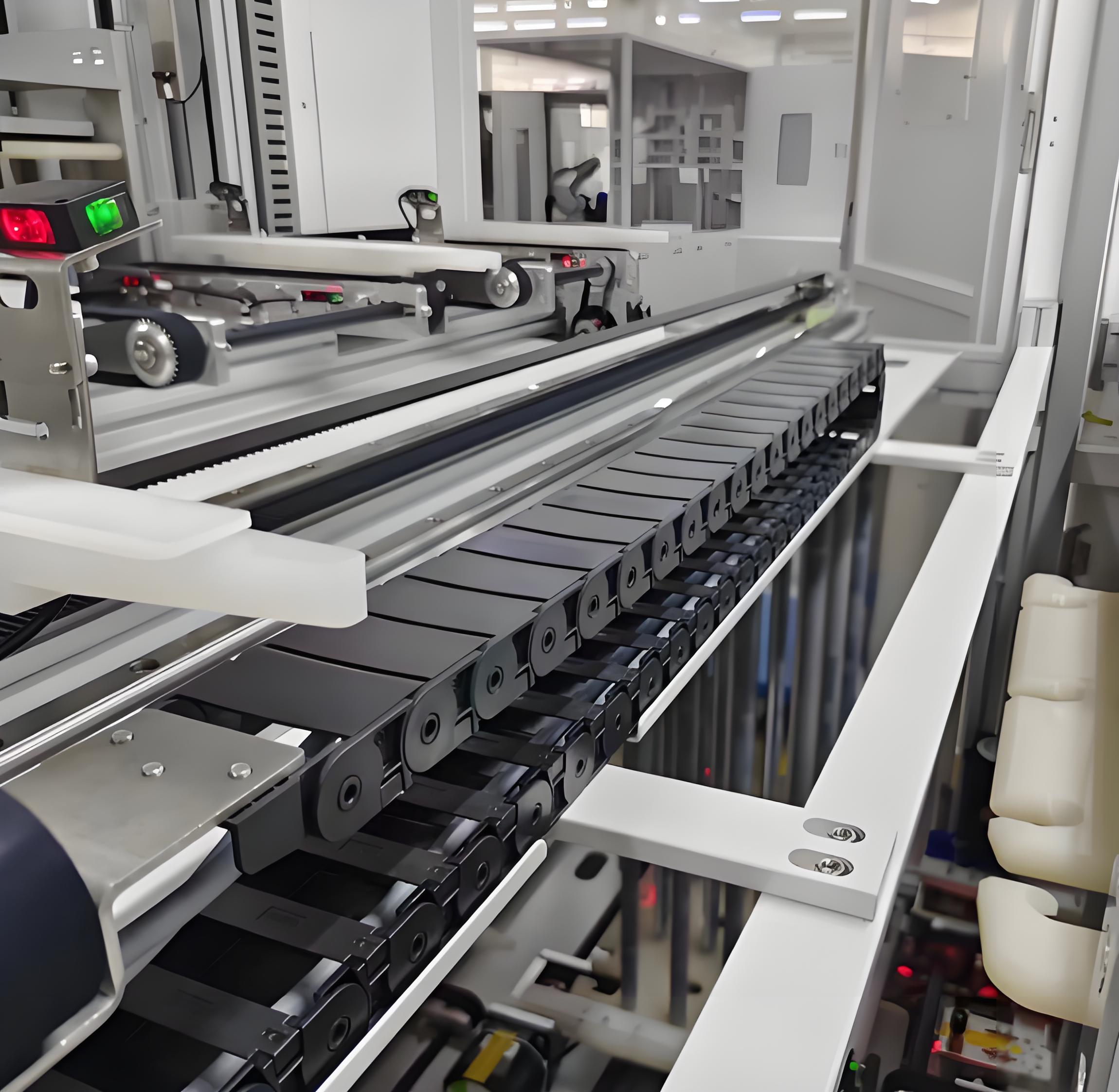
Design Phase
Requirement Analysis: Determine the size, shape, and performance standards of the protective cover based on client needs or equipment requirements.
CAD Design: Use CAD software for detailed design of the protective cover, generating 2D or 3D drawings to ensure precise matching with the machine structure and operating trajectory.
Material Selection
Material Type: Choose materials based on different environmental requirements; common materials include **steel plates, stainless steel, aluminum alloy**, or special fabrics (like heat-resistant fibers, PVC) for flexible covers.
Thickness and Hardness: Select appropriate thickness and hardness based on machine operation strength and environment to ensure sufficient protection without affecting machine operation.
Material Processing
Cutting: Use **laser cutting**, **plasma cutting**, or **CNC shearing machines** to precisely cut steel plates or other materials according to design drawings.
Bending and Shaping: Employ **CNC bending machines** or other machinery for bending to form the required shapes like flat, arc, or cylindrical.
Welding and Assembly
Welding: For hard materials like steel plates, use **TIG welding** or **MIG welding** to join structural parts.
Riveting or Bolt Connection: In some cases, bolts or rivets are used for connections, especially in structures that need to be disassembled later.
Frame Installation: Some covers require internal frames for added strength and support, which will be assembled with the cover shell.
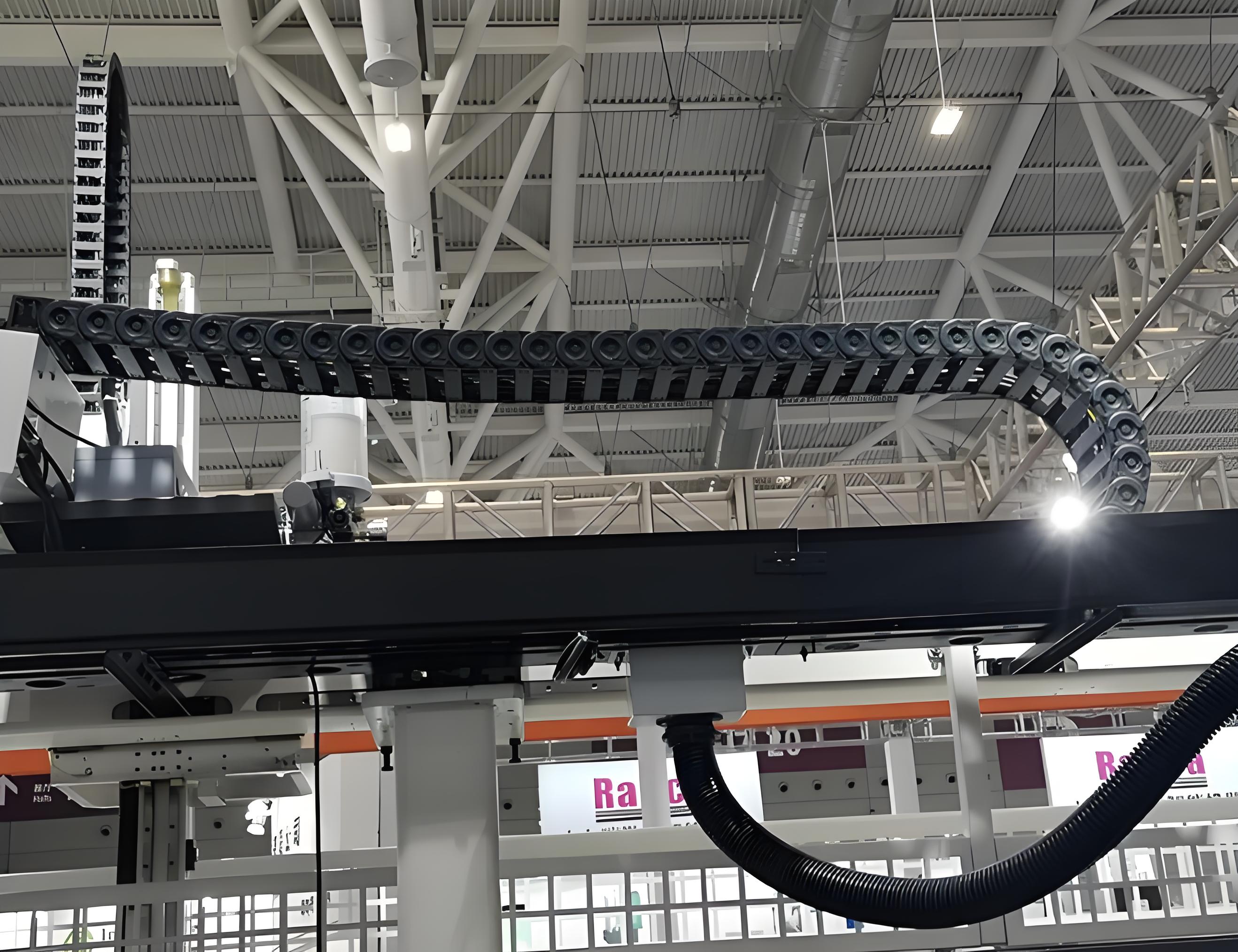
Surface Treatment
Polishing and Grinding: The surface after welding or processing usually requires polishing and grinding to remove burrs and slag, ensuring a smooth finish.
Corrosion Treatment: Depending on the environment, perform **plating**, **painting**, or **powder coating** to enhance corrosion resistance and wear resistance, especially for covers used in humid or corrosive conditions.
Heat Treatment: Some materials undergo **heat treatment** to increase strength and durability.
Quality Inspection
Dimensional Inspection: Precisely measure the dimensions of the protective cover to ensure perfect fit with the machine equipment.
Strength and Durability Testing: Test the load capacity, impact resistance, and wear resistance of the protective cover to ensure it does not deform or damage over long-term use.
Appearance Check: Ensure even surface treatment with no scratches or bubbles.
Installation and Debugging
Pre-assembly: Sometimes trial assembly is conducted in the workshop to ensure good matching of the protective cover's parts with the machine's interfaces and guides.
Installation Debugging: Install the protective cover on the machine and conduct actual operation debugging to ensure it does not interfere with the machine's motion trajectory and effectively protects key components.
Packaging and Shipping
Protection Processing: Finished protective covers are usually packaged to prevent damage during transport; rust-proof oil or protective film may be used as necessary.
Shipping and Installation Guidance: Deliver the finished product to the client's site and provide detailed installation instructions or technical support to ensure correct installation and use.
C
O
N
T
A
C
T
You can contact us through the contact information below, and we will arrange personnel communication in time after receiving your inquiry. You can also click the chat button in the lower right corner to communicate with us online in real time!














